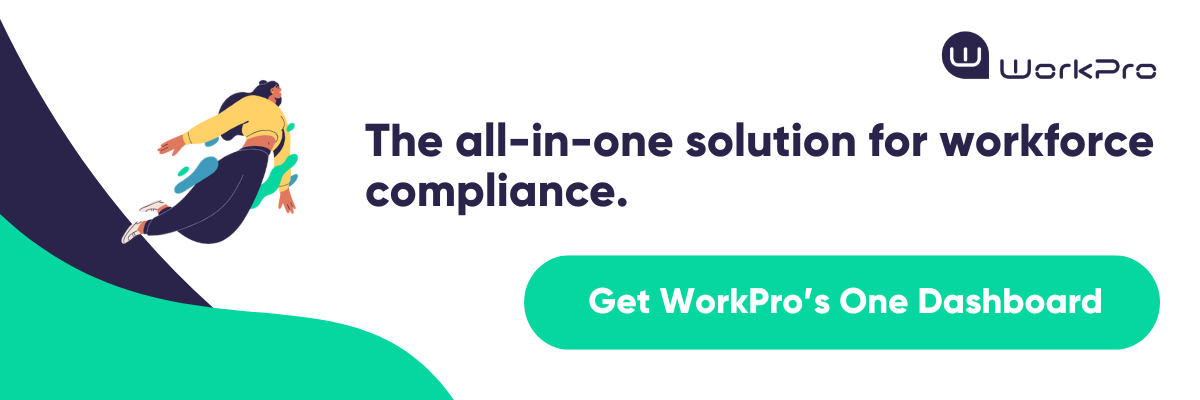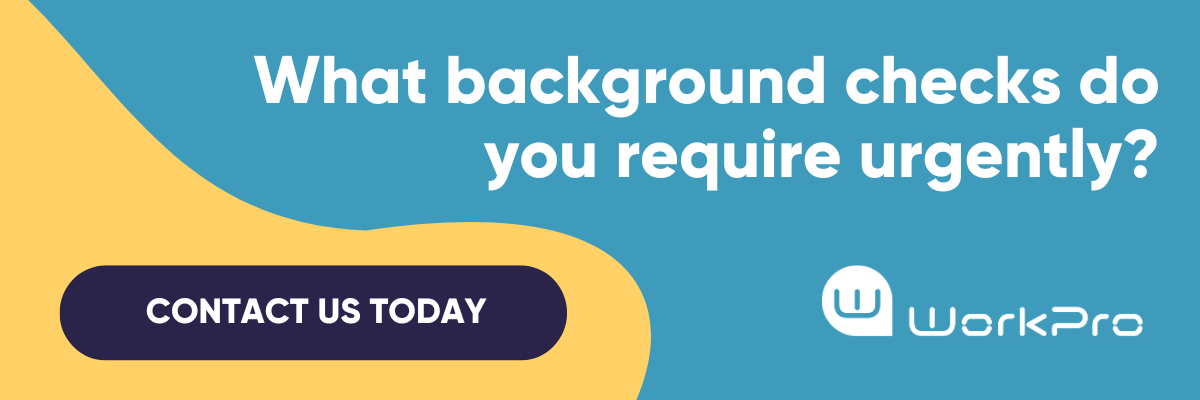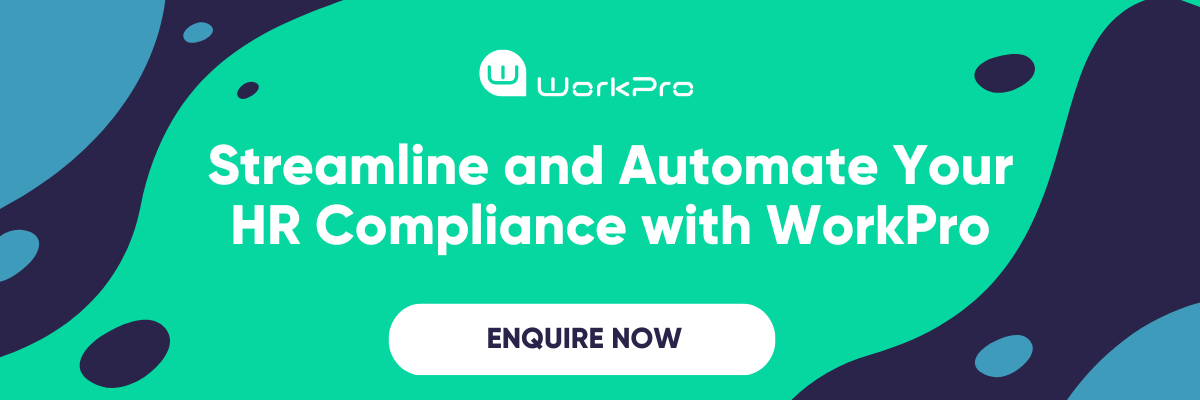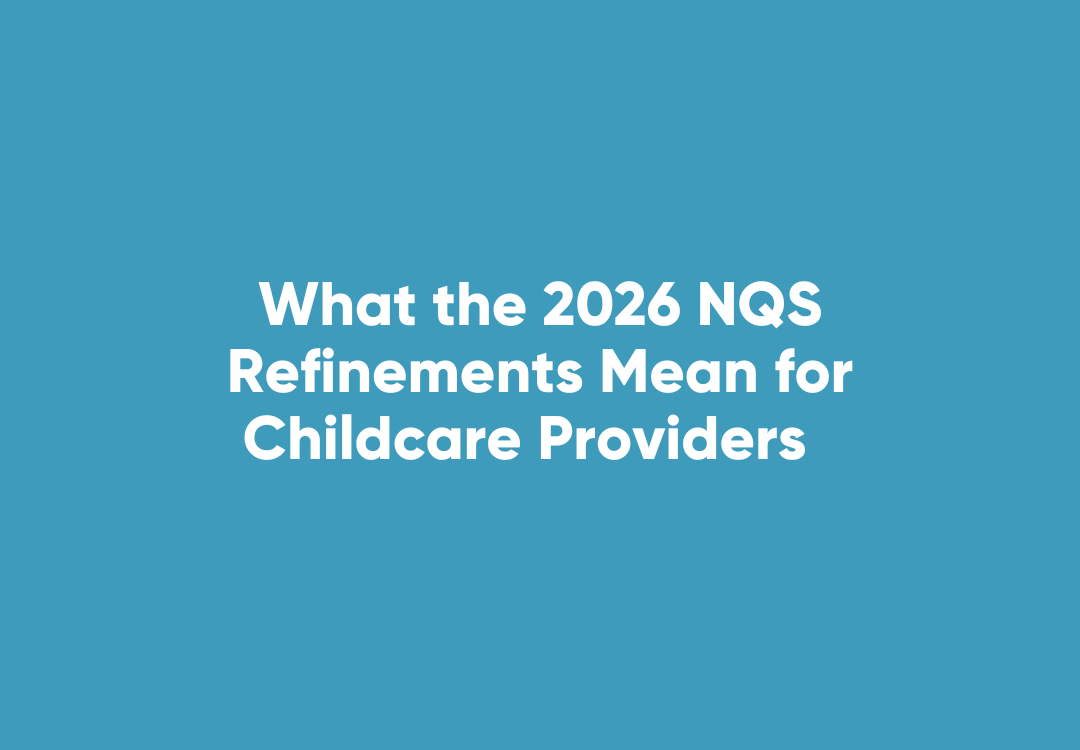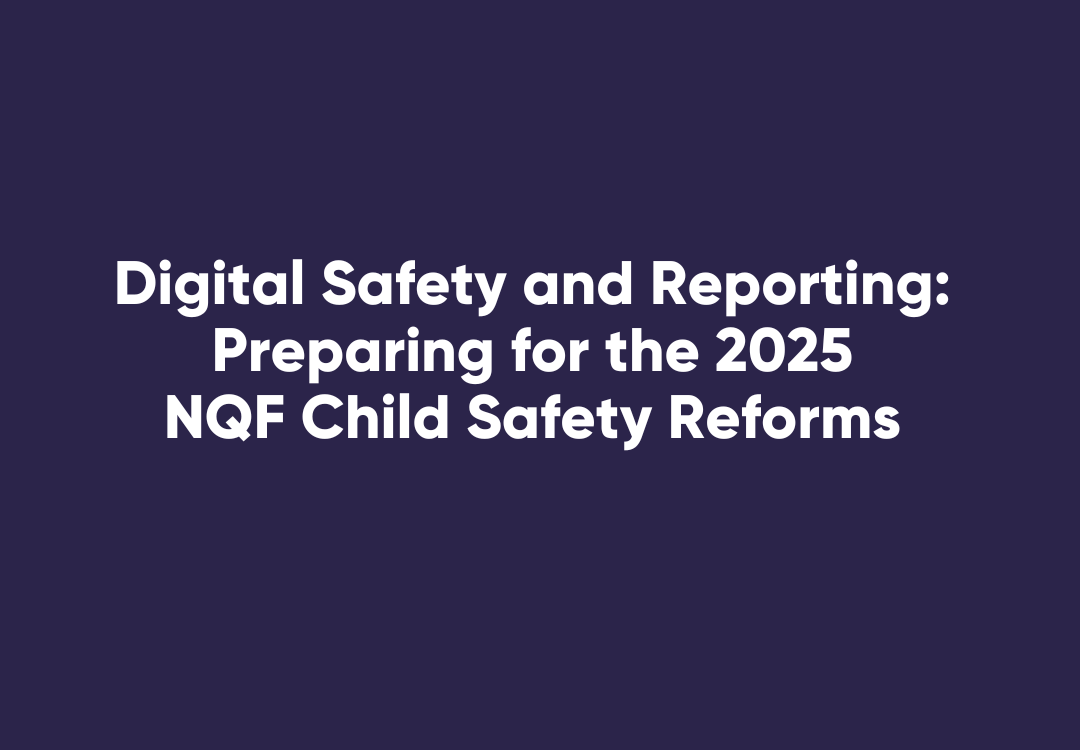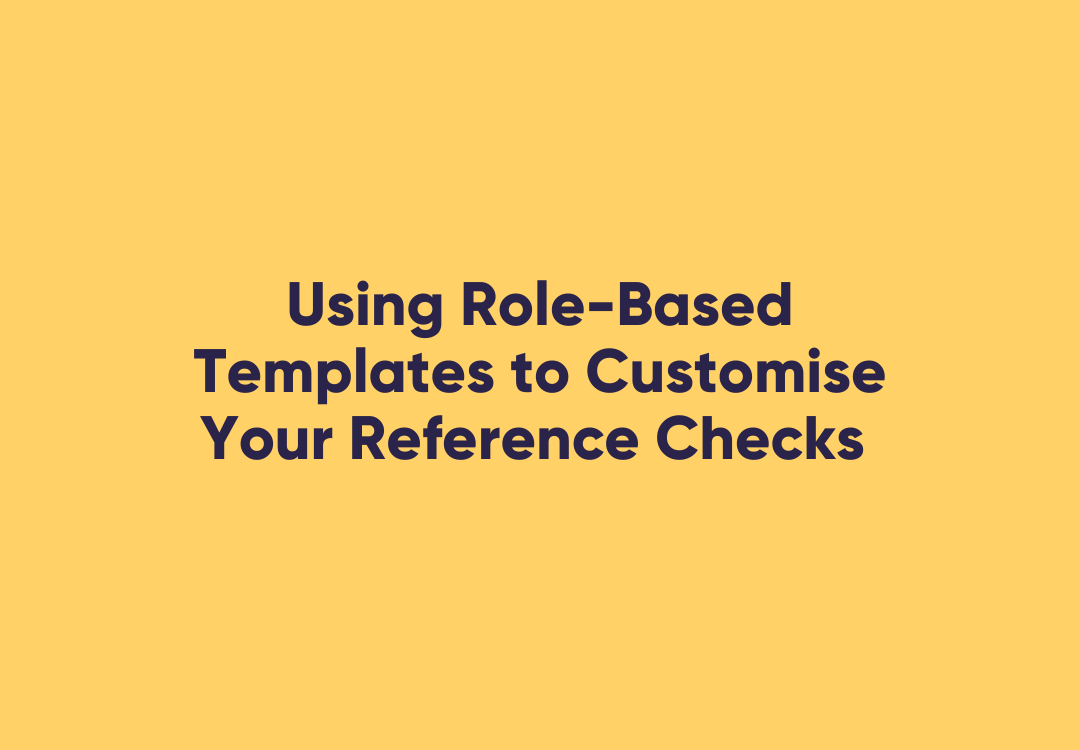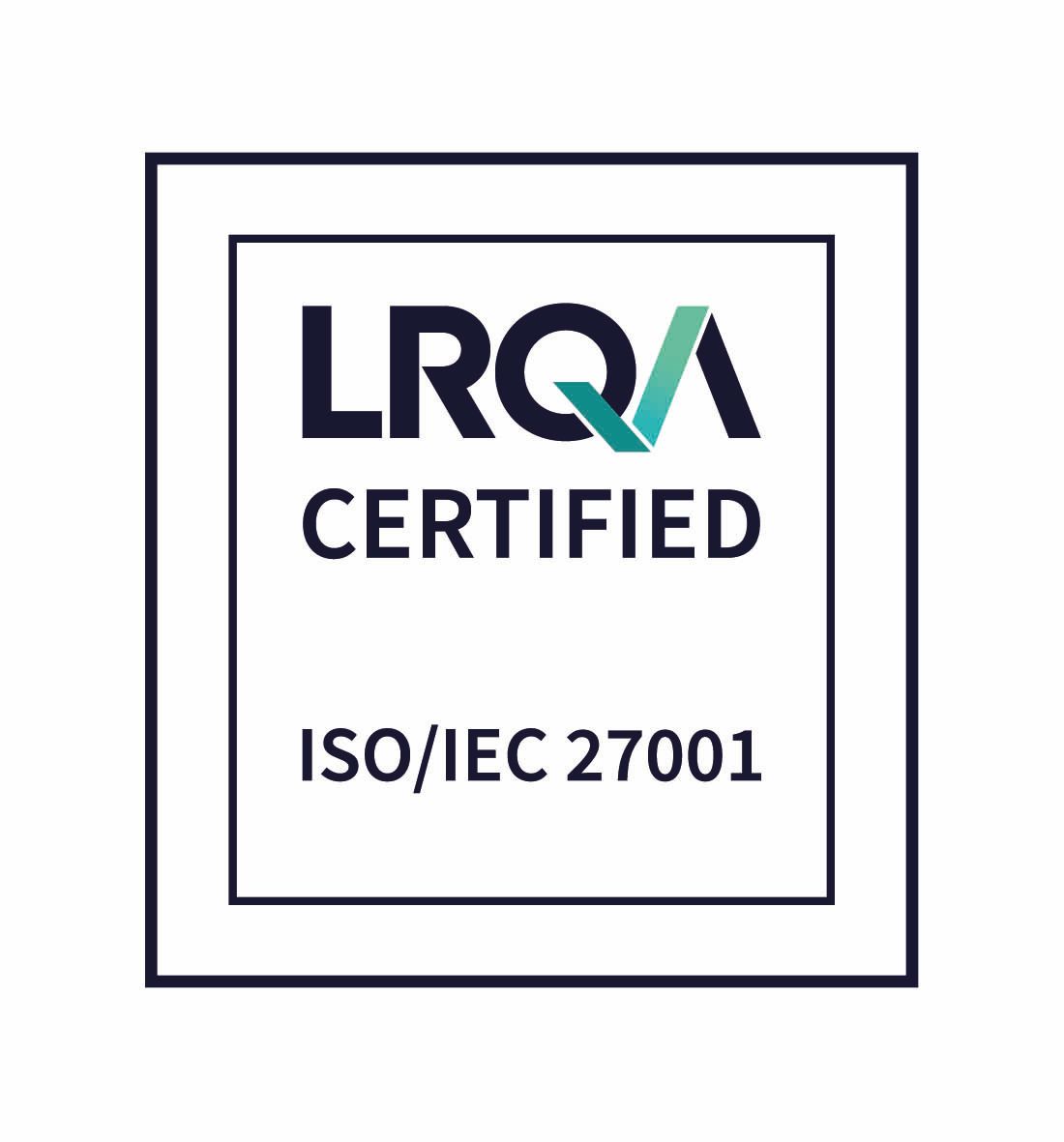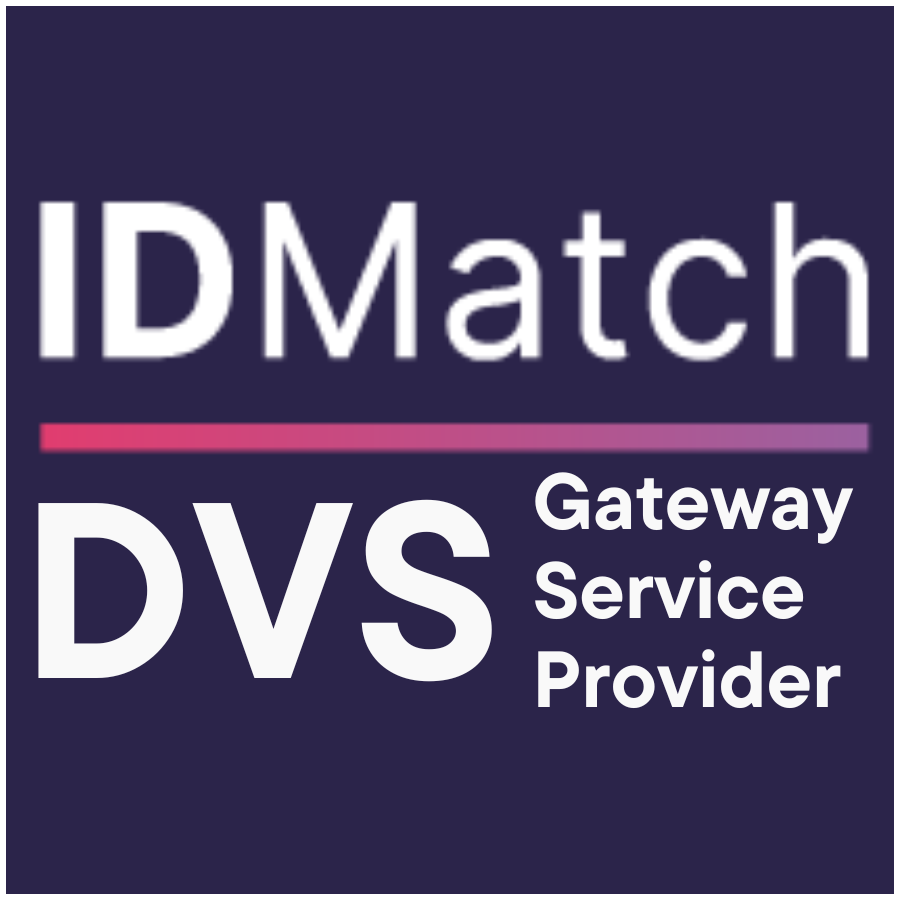Job-Ready vs Job-Qualified: What’s the Difference for Employers?
Job-Ready vs. Job-Qualified: What’s the Difference for Employers?
Many employers focus solely on hiring job-qualified candidates, meaning those who meet the necessary educational and experience requirements, but overlook whether these candidates are job-ready. Being job-qualified does not necessarily mean an individual can seamlessly transition into a role from day one. Without proper compliance training, workplace safety knowledge, and onboarding preparation, even the most qualified candidate may struggle to adapt.
To build a workforce that is both legally compliant and operationally effective, HR professionals and recruiters must prioritise both job qualifications and job-readiness. Understanding this distinction helps reduce time-to-productivity, improve retention, and streamline onboarding processes.
Why Employers Should Prioritise Both Job-Qualified and Job-Ready Candidates
Hiring candidates who are both job-qualified and job-ready helps organisations:
- Accelerate onboarding – Ensuring new hires require minimal training to start contributing.
- Reduce hiring risks – Pre-screening candidates for compliance and skills ensures they meet legal and operational requirements.
- Enhance retention rates – Employees who are fully prepared for their roles are more likely to stay long-term.
- Improve workplace safety – Job-ready candidates already understand safety protocols and compliance standards.
- Increase efficiency – Reducing delays in training and onboarding improves overall workforce performance.
According to the Society for Human Resource Management (SHRM), nearly 50% of new hires fail within 18 months, often due to inadequate preparation rather than lack of qualifications.
Job-Qualified vs. Job-Ready: A Complementary Approach
Rather than viewing job-qualification and job-readiness as separate concepts, they should be seen as complementary. Below is a revised table demonstrating how they work together:

How HR & Recruiters Can Ensure That Job-Qualified Candidates Are Also Job-Ready
1. Implement Robust Screening & Compliance Checks
- Conduct background checks to verify candidate eligibility and reduce hiring risks.
- Use credential management systems to track qualifications and industry licenses.
- Ensure candidates meet legal and workplace safety compliance standards before hiring.
2. Assess Practical Skills & Soft Skills
- Use pre-employment competency tests to evaluate real-world skills.
- Conduct behavioural interviews to assess problem-solving, teamwork, and adaptability.
- Offer eLearning modules to bridge any skill gaps before the candidate’s start date.
3. Enhance Onboarding to Ensure Readiness
- Implement digital onboarding platforms to streamline paperwork and compliance verification.
- Offer pre-start workplace training programmes, including WHS compliance.
- Develop structured onboarding checklists that ensure new hires are fully prepared before their first day.
How WorkPro Helps Employers Build a Job-Ready Workforce
Ensuring job-readiness can be complex, but WorkPro simplifies the process with a single platform that allows HR teams to screen, train, and onboard candidates efficiently. Key features include:
- Automated Background Screening: Verifies work eligibility, compliance, and safety requirements effortlessly.
- Credential Management System: Tracks industry certifications and licencing to prevent delays.
- eLearning & Training Solutions: Provides pre-employment training to ensure job-readiness before a candidate starts.
- One Dashboard for HR Teams: Offers a centralised view of candidate screening, compliance tracking, and onboarding progress.
By leveraging WorkPro’s all-in-one compliance and onboarding platform, HR teams can reduce hiring risks, accelerate time-to-productivity, and build a truly job-ready workforce.
Ensuring candidates are both job-qualified and job-ready is essential for workforce efficiency, compliance, and long-term retention. Employers who prioritise both aspects experience faster onboarding, reduced risks, and higher retention rates.
Are your candidates truly job-ready? WorkPro’s one platform and dashboard streamline compliance, training, and onboarding to help HR teams hire faster and more effectively.
Discover how WorkPro can transform your hiring process today.


